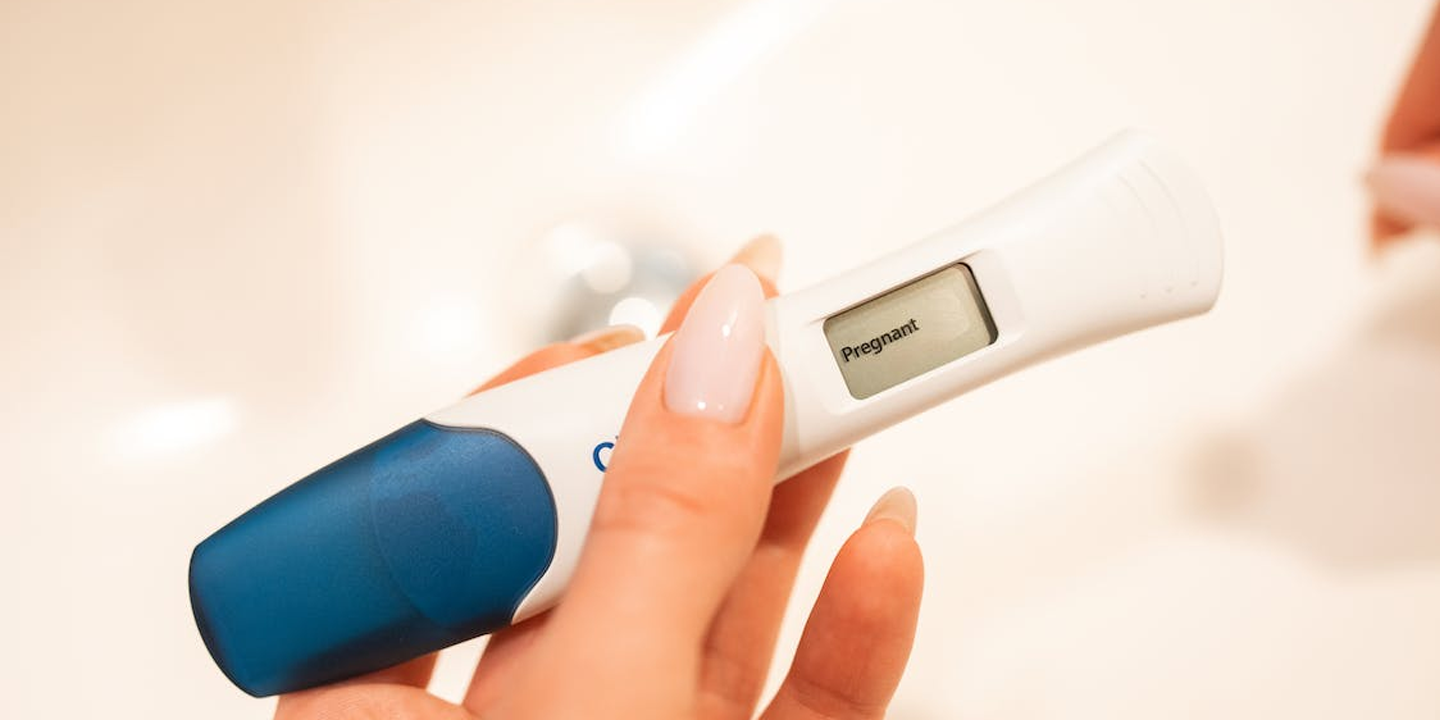Think Twice Before You Store
A garage can feel like an easy catch-all space, one that's out of sight and out of mind. But what's convenient today could become costly or even dangerous tomorrow. This is because temperature swings and pests don't care about what you're storing. Some items degrade, and others may attract trouble. Before you load another shelf, read on. You might be surprised by these 20 everyday things that simply don't belong out there.
1. Paint Cans
Freezing temperatures ruin latex formulas, while heat can cause cans to expand, which can cause dangerous leaks. Most garages lack the climate control needed to store paint safely. Also, improperly stored paint may be regulated as hazardous waste, creating disposal headaches.
2. Propane Tanks
Propane expands at high temperatures, which can cause leaks or explosions. Since it's heavier than air, it can pool near the floor undetected. Even a small tank can become unsafe inside a hot garage. A single spark near a leaking tank can cause a catastrophe.
3. Paper Documents
Moisture in garages leads to ink bleeding and mold on paper. Rodents and insects chew through these documents with ease, and garage grime can leave stains. Even if boxed, humidity seeps in and makes pages fragile. Vital records like certificates can fade or become unreadable. You'll definitely want to keep these valuable items somewhere safer.
4. Pet Food
Pet food spoils quickly in garages. Heat and moisture, the culprits, also reduce its nutritional value. Rodents and ants may be drawn to its scent, and fats inside the food turn rancid in warm conditions. Spoiled or infested food can make pets sick.
5. Wooden Furniture
Garage conditions ruin wood over time. Termites and wood-boring insects are often drawn to stored wood, and dust can dull finishes. Temperature changes make it warp, split, or crack, while dampness causes mildew and mold. Restoration costs can exceed the value of simply storing it indoors.
6. Wine
Wine spoils quickly above 70°F. Plus, humid or dry air causes corks to fail and let air inside. Changing temperatures “cook” the wine, which ruins flavor, and damp garages make labels peel, lowering bottle value. White wine is more sensitive and goes bad faster.
7. Clothing
Damp air leads to mildew and musty smells, and temperature swings wear down elastic and synthetics. Clothes may also develop staining or yellowing, and even vacuum-sealed bags may not help in damp garage conditions. Moths and mice also find a haven in garages.
8. Seeds And Bulbs
When you keep seeds or bulbs in the garage, heat kills seed embryos and makes them useless. Humid air triggers mold, rot, and early sprouting, and rodents chew through packets for food. Light exposure can cause premature growth, too. Bulbs will shrivel or rot without proper storage.
9. Canned Food
Humidity causes cans to rust, which compromises their safety. Meanwhile, heat inside garages can cause food to spoil or the cans to burst, and botulism can come from damaged canned food. Pests also chew through packaging and turn food into waste.
10. Firewood
Storing firewood in the garage is like inviting pests and problems into your home. Termites, ants, and spiders come in with the logs, and moisture builds up, making the wood moldy and useless. Rotting wood also smells and releases spores. Firewood needs open air to dry properly.
11. Photos
While photos hold moments you can't recreate, they’re fragile. Photo paper and ink are highly sensitive to air quality. Heat fades them, and humidity stains them. A whole box in the garage can be gone after one wet night. Even dust leaves lasting damage.
 Photo By: Kaboompics.com on Pexels
Photo By: Kaboompics.com on Pexels
12. Books
Humid garage air is bad for books. It makes pages curl, discolor, and smell musty. Silverfish and other bugs eat paper and glue, and hot temperatures cause the spine to fall apart. Rare or valuable books lose value when stored in these conditions.
13. Refrigerators
Refrigerators aren't built for garage extremes. In there, they waste energy and shorten their lifespan. When the air is too cold, they stop working. Older ones may even leak ozone-depleting chemicals. Finally, power surges from garage outlets can destroy a compressor.
14. Paintings & Art
Humidity in garages breaks canvas tension and causes paint to peel. Heat cracks, varnish, and fades artwork, while rodents may chew through frames and corners. Certain paint types can react with garage fumes, and even glass frames might shatter from thermal expansion.
15. Compact Fluorescent Bulbs (CFLs)
CFLs don’t hold up well in garages. Temperature swings reduce their efficiency, and if they break, mercury vapor is released. Also, the glass tubes are fragile and easy to shatter. CFLs stored loosely may arc or short-circuit, and old bulbs can leak phosphor powder if cracked.
16. Musical Instruments
Wood expands and contracts, affecting tuning and structure, and humidity damages glue and warps wooden bodies. Strings and joints deteriorate rapidly in poor garage conditions, and plastic keyboards may crack under high heat exposure. Instruments like violins and pianos are highly climate-sensitive.
17. Tires
Tires might seem tough—but idle time in heat takes a toll. Left too long, they degrade and crack. Invisible ozone in garages breaks them down slowly. Stack them wrongly, and it can change their shape forever. Also, aging tires can release gases.
18. Holiday Decorations
Garages get too hot for holiday items. Candles, plastic, and glue melt, and rodents chew wires and soft decorations. Humid air causes mildew on fabrics and ornaments, and inflatables may fuse together or tear in the heat. Plus, garage fumes can leave stains on these items.
19. Car Batteries
Heat in garages makes batteries lose fluid through evaporation and die faster. Cold weather weakens their power and makes starting harder. Stored wrongly, they leak acid or corrode. Old batteries can even explode. Finally, battery acid also eats into floors and storage surfaces.
20. Cleaning Products
Garages are risky places for cleaners. Cold and heat make products less effective, and pressurized containers might burst in the heat. Fumes build up and can be harmful, and leaking bottles can ruin shelves and leave stains. If bleach mixes with ammonia, it produces dangerous gas.



























